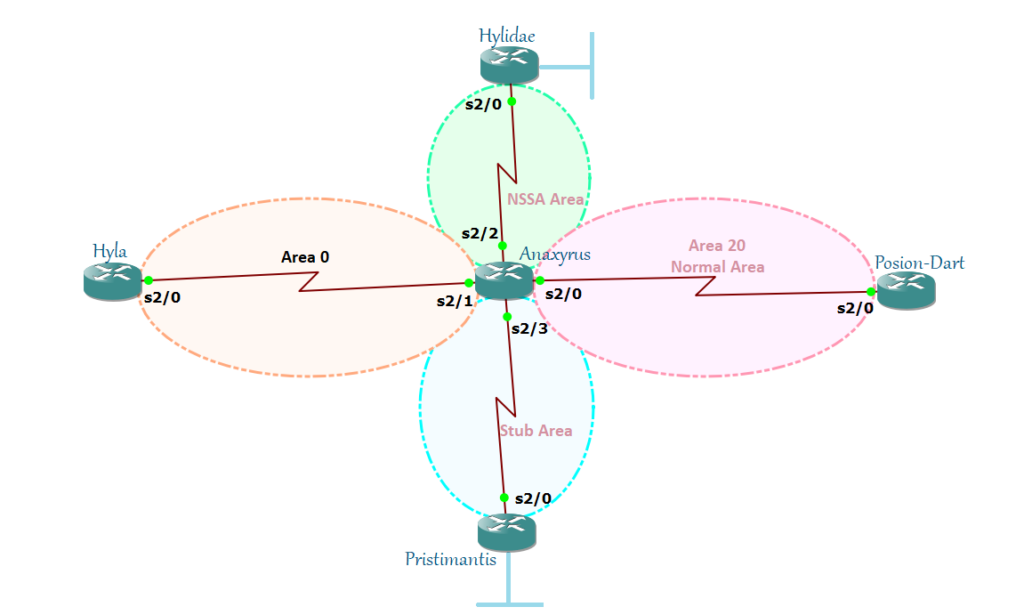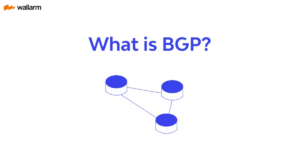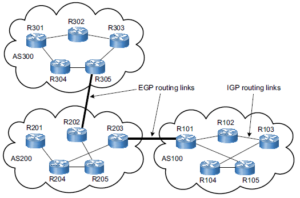OSPF Neighbor Adjacency Requirements
3 min readRouting Protocols, unlike humans, can choose their neighbors. We, no matter what we do, cannot choose who’s going to rent or occupy the house near us. Yeah, we like to have handsome neighbors, neighbors with abs, educated persons, kind and thoughtful, clean and tidy, caring, and the most important one is someone with a stable job. However, in reality, it can be anyone. There is no such choice or whatever. Are we really looking for neighbors or fiance?
OSPF, like any other routing protocols, can agree or decline neighborship if their requirements are not met. Here are the adjacency requirements in order to form neighborship with OSPF:
1. same area ID
2. same subnet
3. same authentication type and authentication password
4. same hello and dead timers configuration
5. same area type

AREA ID
You configure Hyla s2/0 interface in area 1 and you configure Anaxyrus s2/1 interface in area 0. Do you think they are going to be neighbors? No. The first thing that OSPF checks is to form adjacencies with routers in the same area. It will be a mismatch if they are not on the same area.
Bringing back my topology on my previous post:

Anopheles(config)#router ospf 2
Anopheles(config-router)#network 192.168.12.0 0.0.0.255 area 0
Culex(config)#router ospf 1
Culex(config-router)#no network 192.168.12.0 0.0.0.255 area 0
Culex(config-router)#network 192.168.12.0 0.0.0.255 area 10
*Oct 18 23:54:34.411: %OSPF-4-ERRRCV: Received invalid packet: mismatch area ID, from backbone area must be virtual-link but not found from 192.168.12.2, Serial2/0
An invalid packet has seen indicating a mismatch area ID.
SUBNET MASK
A subnet mask is part of a Hello packet and one of the criteria that OSPF looks to form adjacencies. If you configure the two links in a different subnet, it will show a mismatch in hello packet parameters. This indicates that both links have different subnet masks. There is somehow a debate about this because this one should not be a mandatory requirement for OSPF adjacency. Subnet mask in point-to-point links is ignored and formed neighborship even connected links don’t have the same subnet mask. I will show you my lab example in my future posts.
AUTHENTICATION TYPE/AUTHENTICATION PASSWORD
As the name explicitly states, it is all about authentication configuration on OSPF. You must sure that if you have configured authentication on one link, you should have the same authentication configured on the remote link as well. And the authentication type should be the same: 0 – no password, 1 – plain text, and 2 – MD5 password. Lastly, the authentication key should be the same as well. I have a separated full-blown post regarding OSPF authentication.
HELLO AND DEAD TIMERS
EIGRP doesn’t care about its hello and dead timers but OSPF does. Hello and dead timers are OSPF Hello parameters and they must match or else adjacencies will not be formed. These two parameters are very crucial in determining if a neighbor still exists or not. A hello interval indicates how often the hello packet is sent while the dead timer indicates how long the neighbor router should wait for hello packets before declaring its link dead. The default hello interval for broadcast and point-to-point links is 10 seconds while dead timer is 40 seconds. And for the NBMA, point-to-multipoint, and point-to-multipoint NBMA hello timer default is 30 seconds while dead timer is 120 seconds. Did you notice that the dead timer is always four times the value of hello timer?
AREA TYPE
This is where OSPF area types like Stub, Totally Stubby, NSSA, and Totally NSSA come into play. Looking back on my previous post regarding area types, if you want to configure a certain area as Stub, Totally Stubby, NSSA, and Totally NSSA all the routers in this area should be in the same area type as well or else no adjacencies will be formed.
OSPF NETWORK TYPE
There are different OSPF network types: Broadcast, Non-Broadcast, Point-to-point, and Point-to-multipoint. Network type is not usually tagged as one of the mandatory requirements to form neighborship with OSPF. However, incompatible network types can’t form adjacency to each other. These network types can be further classified as DRs and non-DR types. Combining a DR and non-DR will not form OSPF adjacencies.






